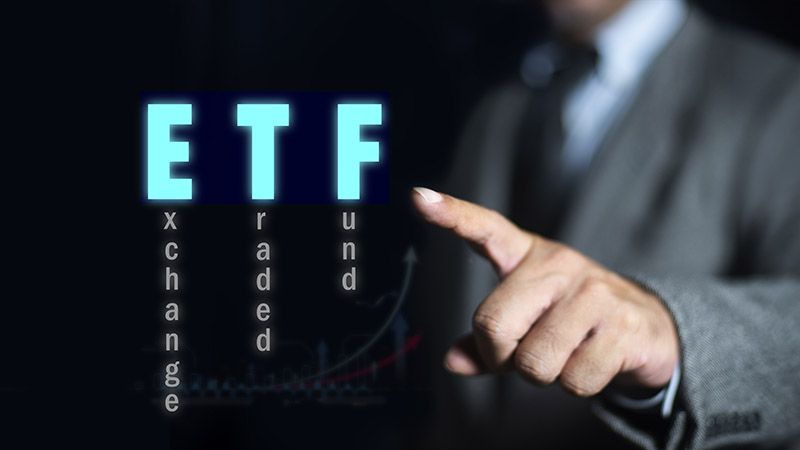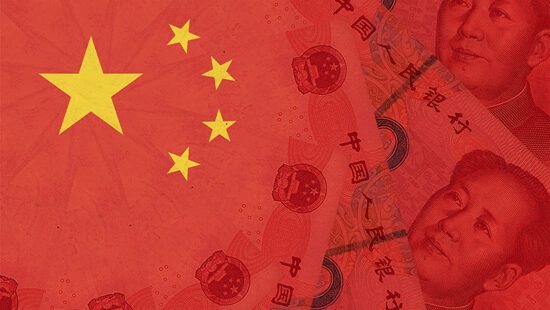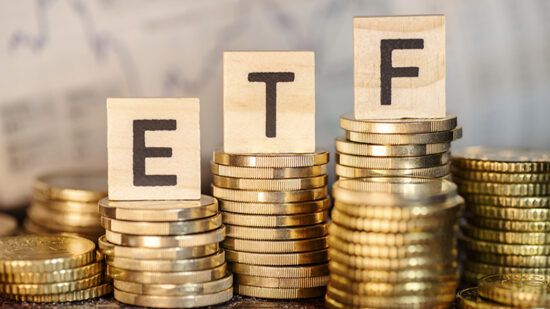February saw asset managers Jupiter and Schroders join in on Europe’s active ETF market, as the vehicle grows market share while active open-ended funds drop, according to research from Morningstar.
By the last quarter of 2024, active ETFs accounted for 0.42% of market share, while active open-ended funds made up 70.23%. However, the share of active open-ended funds has dropped by almost 10% since the beginning of 2020, when they made up 80.16%. While much of this share has flown to passive vehicles, with passive ETFs growing by 6.65 percentage points in the last five years, active funds have also inched up in popularity.
At the beginning of 2020, active ETFs accounted for just 0.13% of the market share, but have near quadrupled in the last four years, to 0.42%. In the fourth quarter of 2024, they brought in €7.32bn, the highest gain on record.
Other major asset managers including JP Morgan Asset Management have pushed for the growth of active ETFs. However, Morningstar’s Kenneth Lamont points out that gains for the vehicle continue to be modest when viewed in perspective.
See also: Franklin Templeton launches US dividend ETF across Europe
“The surge into active ETFs seems driven more by fear of missing out than by any distinct advantage of the ETF structure, while the benefits for investors remain modest,” Lamont said.
“For many asset managers, active ETFs offer a way to leverage in-house expertise or repackage existing strategies to attract new investors through fresh distribution channels. Yet, for all its growth, the European active ETF market remains less than 0.5% of the broader European fund market, and the number of new investors favouring ETFs remains small while fee pressures apply equally (if not more so) in the ETF space.”
See also: Robeco lists four active ETFs on London Stock Exchange
ETFs were traditionally associated with passive products, especially due to its intraday trading mechanisms. Lamont said that active ETFs come with some complications for managers as they try to place them beside traditional vehicles.
“New entrants must also navigate a pricing dilemma: set fees too high, and investors may turn to cheaper competitors; price too low, and they risk devaluing or cannibalizing existing strategies. In the US, active ETFs have flourished in part due to their tax advantages over traditional mutual funds—a benefit that does not extend to Europe,” Lamont said.
“For investors, the advantages of active ETFs are marginal. Many do not benefit significantly from intraday trading, for example. The most tangible upside is greater transparency, particularly in fee structures, as ETFs typically apply uniform pricing across all investors.”
This article originally appeared in our sister publication, Portfolio Adviser







